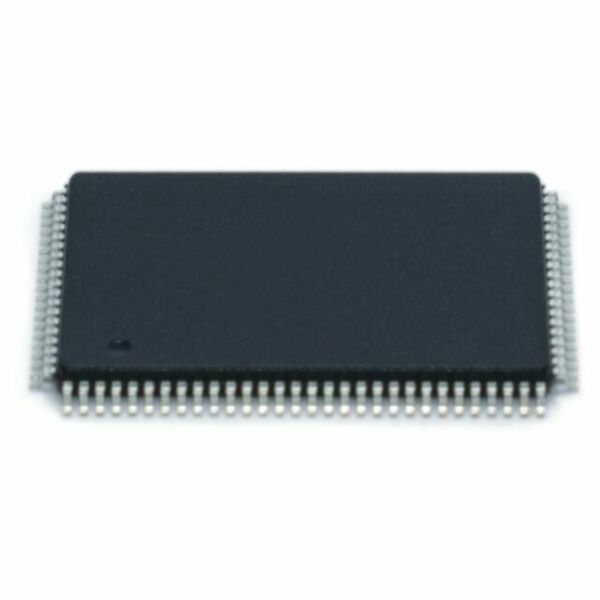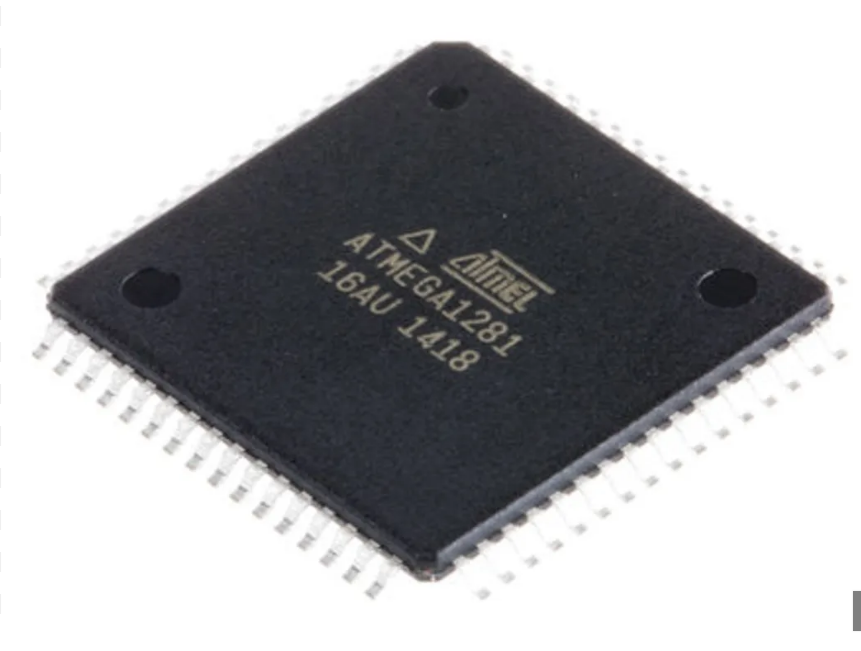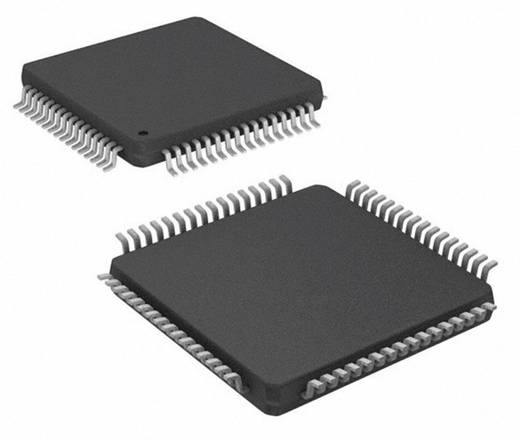Crack Protected MCU ATmega1281 Flash Memory
Crack Protected MCU ATmega1281 Flash Memory is a process to reverse engineering atmega1281 microcontroller fuse bit and copy embedded program out from atmega1281 microprocessor;

Port L is a 8-bit bi-directional I/O port with internal pull-up resistors (selected for each bit). The Port L output buffers have symmetrical drive characteristics with both high sink and source capability. As inputs, Port L pins that are externally pulled low will source current if the pull-up resistors are activated when unlock microcontroller atmega1281 flash memory software. The Port L pins are tri-stated when a reset condition becomes active, even if the clock is not running.

Reset input. A low level on this pin for longer than the minimum pulse length will generate a reset, even if the clock is not running. The minimum pulse length is given in “System and Reset Characteristics” on page 360. Shorter pulses are not guaranteed to generate a reset.
AVCC is the supply voltage pin for Port F and the A/D Converter. It should be externally connected to VCC, even if the ADC is not used. If the ADC is used, it should be connected to VCC through a low-pass filter.

This documentation contains simple code examples that briefly show how to use various parts of the device. Be aware that not all C compiler vendors include bit definitions in the header files and interrupt handling in C is com- piler dependent to crack mcu atmega1281 flash memory. Confirm with the C compiler documentation for more details.
These code examples assume that the part specific header file is included before compilation. For I/O registers located in extended I/O map, “IN”, “OUT”, “SBIS”, “SBIC”, “CBI”, and “SBI” instructions must be replaced with instructions that allow access to extended I/O. Typically “LDS” and “STS” combined with “SBRS”, “SBRC”, “SBR”, and “CBR”.
Tags: взломать защищенную флэш-память MCU ATmega1281,декодировать защищенную флэш-память MCU ATmega1281,защищенная от атак MCU ATmega1281 флэш-память,расшифровать защищенную флэш-память MCU ATmega1281

